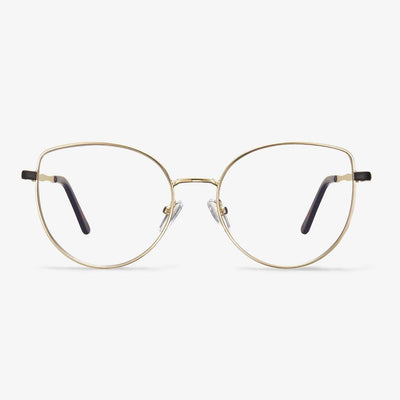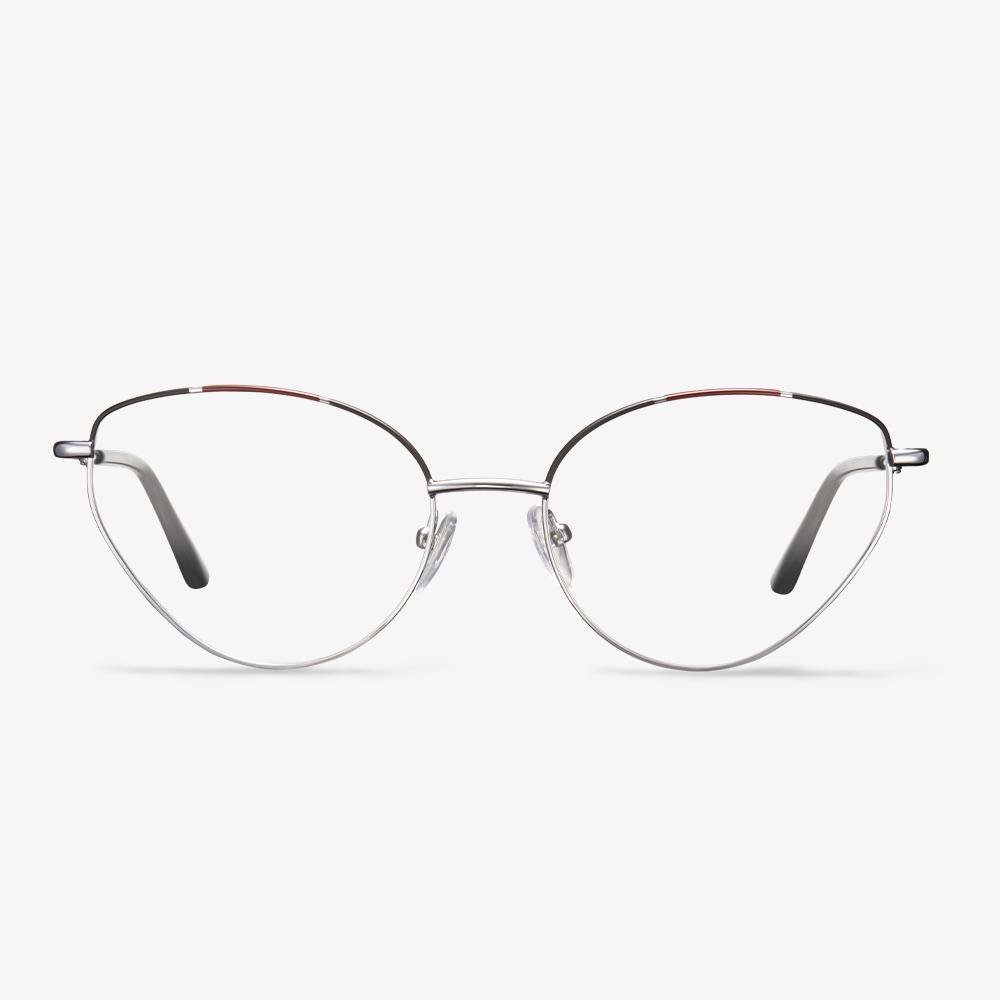Optical Stores Provide Free After-sales Services
They help check eyesight regularly and check eyesight every six months. They help replace accessories, including all kinds of screws, nose pads, temple tips, protective film, etc. The glasses frame can be repaired and made adjustment, with lens ultrasonic cleaning. They help popularization of science, such as consultation on optical problems in ophthalmology, distribution of eye care manuals, and eye charts. Glasses can be repaired (replaced) free of charge after accidental damage. For consumers, it is undoubtedly a good thing, especially for student consumer groups. Because the students are active, frequently use glasses, and easily have other wear and tear problems.
Difference Between Blue Light Glasses And Regular Glasses
Studies have shown that blue light is present in many light sources in our lives, especially on screens like cell phones, computers, and televisions. The main health effect of blue light sources is the damage to the eyes. Long-term exposure to blue light sources may cause lesions in the eyes. The harm of blue light to human health can be prevented by corresponding new technology products. Among them, the anti-blue lens is one of them. So how to distinguish between blue-light-blocking glasses and ordinary glasses?
What kind of lens is a progressive lens?
Progressive lenses are optical lenses designed for simultaneous correction of far, medium (for computer use), and near (for reading). They are Progressive Additional Lenses (PAL). The so-called progressive, The so-called progressive, is the use of polishing technology to achieve a gradual transition between the two focal lengths. The advantage of this design is that the wearer can see far and near objects alternately without taking off the glasses.
5 Signs You Need Reading Glasses
In this section, we will list some signs you need reading glasses.
- You are over 40 years old. Everyone’s eyesight changes at a different rate, but most people develop presbyopia in their 40s. Presbyopia is a condition in which the eye strain to focus on nearby objects, which is different from farsightedness, a condition in which you can see distant objects clearly, but objects nearby may be blurry. Farsightedness is usually present at birth, but presbyopia develops during the aging process.
- If you find that you never seem to have enough light when reading, regardless of the room type or the number of lamps you have turned on, it may be time to get reading glasses. According to a study, a 60-year-old people requires three times as much light as a 20-year old to do the same task.
- If your eyes get tired when reading or working at your computer, you may need reading glasses. Do you find yourself dozing off at your computer, or do your eyelids get heavy when your reading or do detailed work? If so, you may be developing presbyopia, and you may need the reading glasses.
- Another sign you need reading glasses is that you are getting more headaches. Consistently straining your eyes to read or focus on craft could give more headaches. A headache right behind your eyes could be indicative of hyperopia. It is important to remember the 20-20-20 rule: every 20 minutes, look at something at least 20 feet away for 20 seconds. If your headaches persist, you should see an eye doctor and have a check.
- If you see halos, you may need reading glasses. When your lens cannot focus light into your retina, it makes your vision appear blurry. Thus, reading glasses can solve this problem.
Do I need reading glasses? After reading this post, you may have a basic understanding. If you need a pair of reading glasses, try Koalaeye glasses. They are stylish and cheap, and the glasses will be mailed to you with great convenience.
The shape of the lens is also important.
Aviator and cat-eye glasses should be avoided, as both will cut off the base of the prescription, resulting in poor reading vision. Instead, they should opt for shorter frames with rounded edges, such as bull horn frames, vintage wingtips, round frames, and oval frames.
What Do the Numbers on Glasses Mean?
In this section, we will show you the glasses numbers meaning. These numbers on glasses frames are the measurements that indicate and describe the size of your eyeglasses frames, specifically:
- The eye size number (it is the size of the lenses on your frame).
- The bridge size number (the distance between the lenses).
- The temple length number (it is the size of that part of your eyeglasses frame, which rests upon your ears).
The three numbers mentioned above are the key measurements that describe the glasses measurements of the frames in eyeglasses. For example, you will see three numbers like 51-17-145 at the temple of your glasses. These numbers help the optician to choose the best-fitted frame for your head size and facial features.
All of these three numbers are measured in millimeters. These variations in frame numbers are fitted by a skilled optician so that it should be best fitted, be comfortable and look good on the appearance.
What is a photochromic lens?
Photochromic lenses are lenses that become dark when exposed to a particular wavelength of light (usually ultraviolet light), but return to their original transmittance and become clear when no longer illuminated by the light source. Photochromic lenses can be made of glass or resin. The discoloration effect is caused by silver chloride or other halides added to the lens, which are transparent to visible light when not irradiated by ultraviolet light. When irradiated by ultraviolet light, chemical reactions will occur, which will absorb part of the visible light and make the lens show dark. The chemical reaction is reversible, so the lens returns to its original transparent state when it is no longer exposed to UV light.

















































